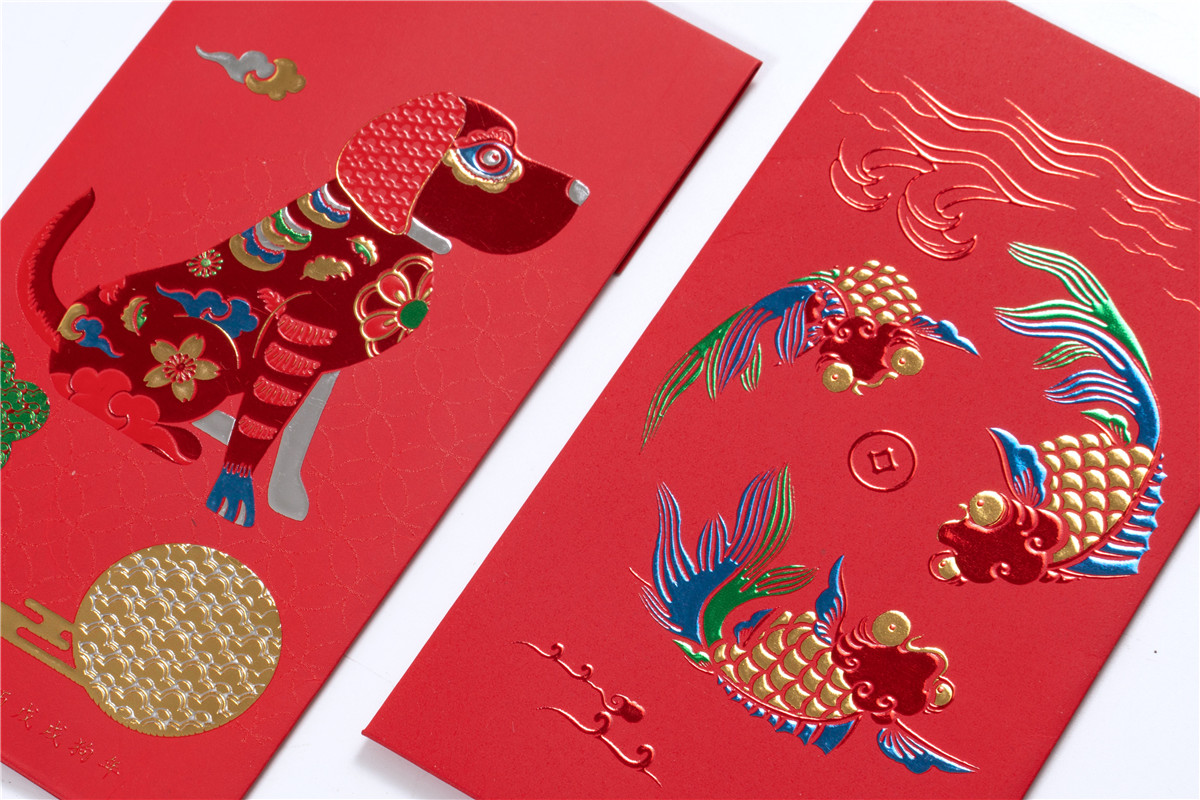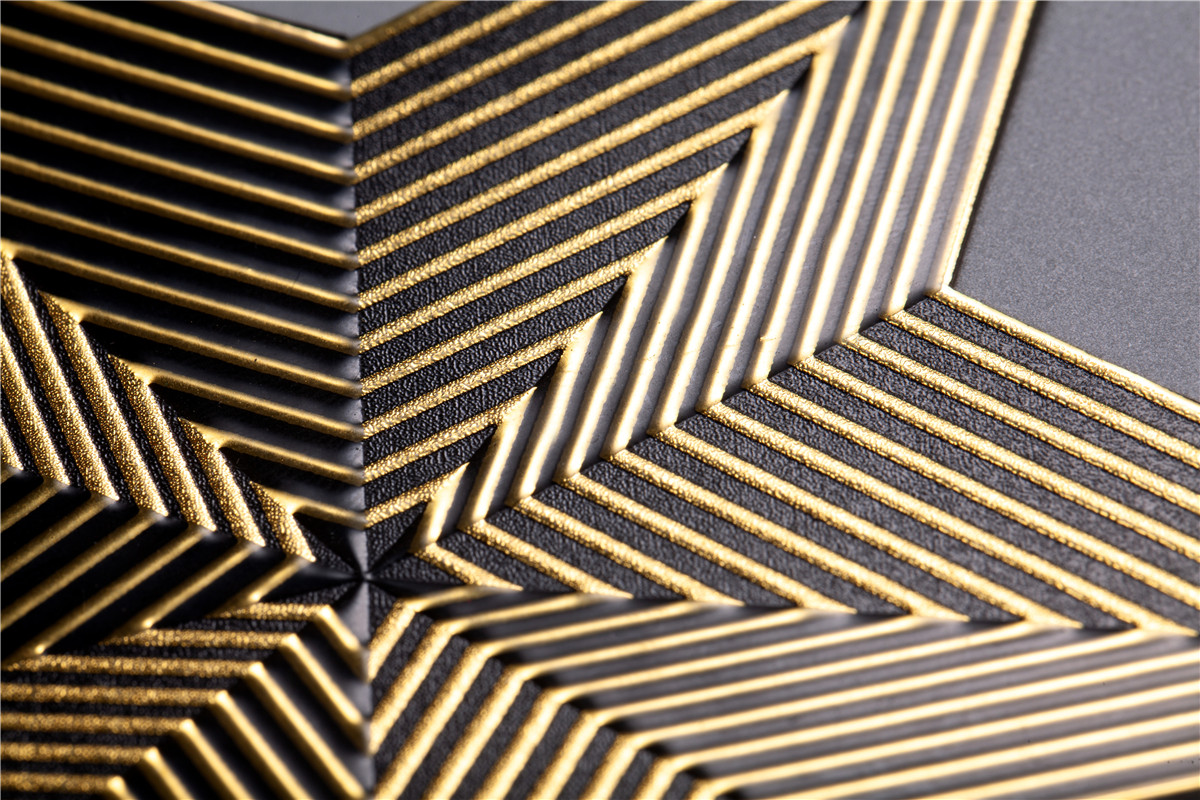The Versatility of Digital Enhancement Foil Across Various Materials
Digital enhancement foil can enhance the aesthetic and tactile qualities of printed materials. This technology allows for the application of metallic foils to various substrates, providing a luxurious finish that can elevate the overall appeal of products. The versatility of digital enhancement foils makes them applicable to a wide range of printing materials, including paper, cardboard, and synthetic substrates. This article explores the capabilities and benefits of digital enhancement foil across different types of printing materials.
Understanding Digital Enhancement Foil
Digital enhancement foil is applied using a digital printing process that eliminates the need for traditional dies and plates, which are typically required in conventional foil stamping. This innovation allows for greater flexibility and efficiency, making it possible to produce intricate designs with reduced setup times and costs. Digital foils can be used for various applications, from business cards and packaging to marketing materials and labels, making them a versatile choice for many businesses.
Why Invest in Digital Enhancement Foil?
Visual Appeal: One of the most significant advantages of digital enhancement foil is its ability to create stunning visual effects. The metallic sheen and vibrant colors of the foil instantly attract attention, making printed materials stand out in a crowded marketplace.
Design Flexibility: Digital enhancement foils allow for intricate and detailed designs that can be selectively applied to specific areas of a print. This capability enables designers to create unique patterns, logos, or text, enhancing creative expression and customization.
Durability: The application of foil not only improves aesthetics but also adds a protective layer to the printed material. This layer helps guard against wear and tear, ensuring that the print remains vibrant and intact over time, which is particularly beneficial for items that undergo frequent handling.
Cost-Effectiveness: Digital enhancement foil is a cost-effective solution, especially for short to medium-print runs. The elimination of custom dies and plates reduces upfront costs, making it accessible for businesses with budget constraints.
Environmental Considerations: The digital process minimizes waste and energy consumption, making it a more environmentally friendly option compared to traditional foil stamping methods. This aligns with the growing demand for sustainable printing practices in the industry.
Compatibility with Various Printing Materials
Digital enhancement foil is compatible with a wide range of substrates, which expands its usability across different industries. Here are some common materials where digital enhancement foil can be effectively applied:
Paper: This is the most common substrate for digital enhancement foil. It can be used on various types of paper, including coated, uncoated, and textured finishes, allowing for a diverse range of applications from business cards to brochures.
Cardboard: Digital foils can be applied to cardboard, making them ideal for packaging solutions. The durability and visual appeal of foils can enhance product packaging, making it more attractive to consumers.
Synthetic Materials: Digital enhancement foils can also be applied to synthetic substrates, such as plastic and vinyl. This capability is particularly useful for items like labels and tags that require durability and resistance to moisture and wear.
Specialty Materials: Some advanced digital enhancement processes allow for the application of foil to specialty materials, including leather and textiles. This opens up new possibilities for high-end branding and luxury products.
Applications of Digital Enhancement Foil
The versatility of digital enhancement foil allows it to be utilized in various applications, enhancing the quality and appeal of printed materials:
Marketing Collateral: Businesses can use digital enhancement foil to create eye-catching brochures, flyers, and promotional materials that capture attention and leave a lasting impression on potential customers.
Product Packaging: The application of foil on packaging can elevate the perceived value of products, making them more appealing on retail shelves. This is particularly effective for luxury goods, cosmetics, and gourmet food items.
Business Cards: Digital enhancement foil can transform standard business cards into memorable marketing tools. The striking visual effects can help professionals stand out in networking situations.
Event Invitations: Foil-enhanced invitations for weddings, corporate events, and special occasions add a touch of elegance and sophistication, making them more enticing to recipients.
Conclusion
Digital enhancement foil represents a significant advancement in printing technology, offering a myriad of benefits that enhance both the visual and tactile qualities of printed materials. Its compatibility with various substrates, coupled with its cost-effectiveness and environmental advantages, makes it an appealing choice for businesses looking to elevate their branding and marketing efforts. As the printing industry continues to evolve, the use of digital enhancement foil is likely to expand, offering even more innovative solutions for creative expression and product differentiation.


